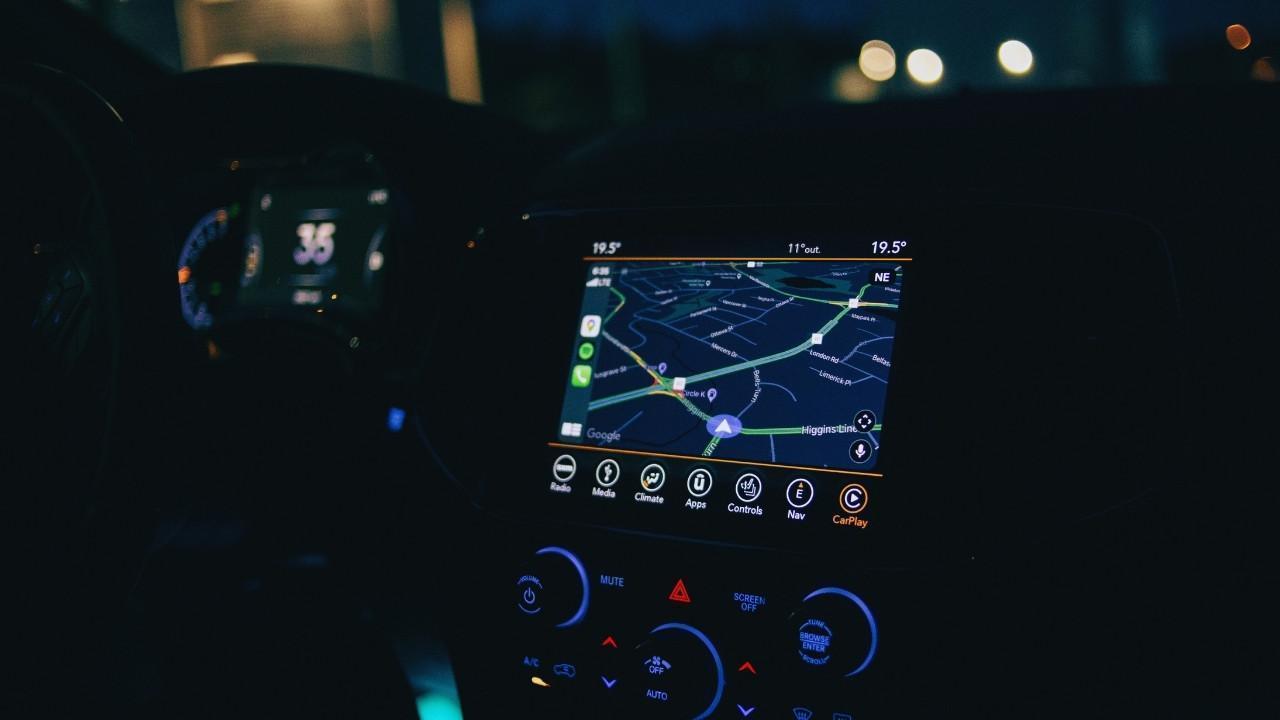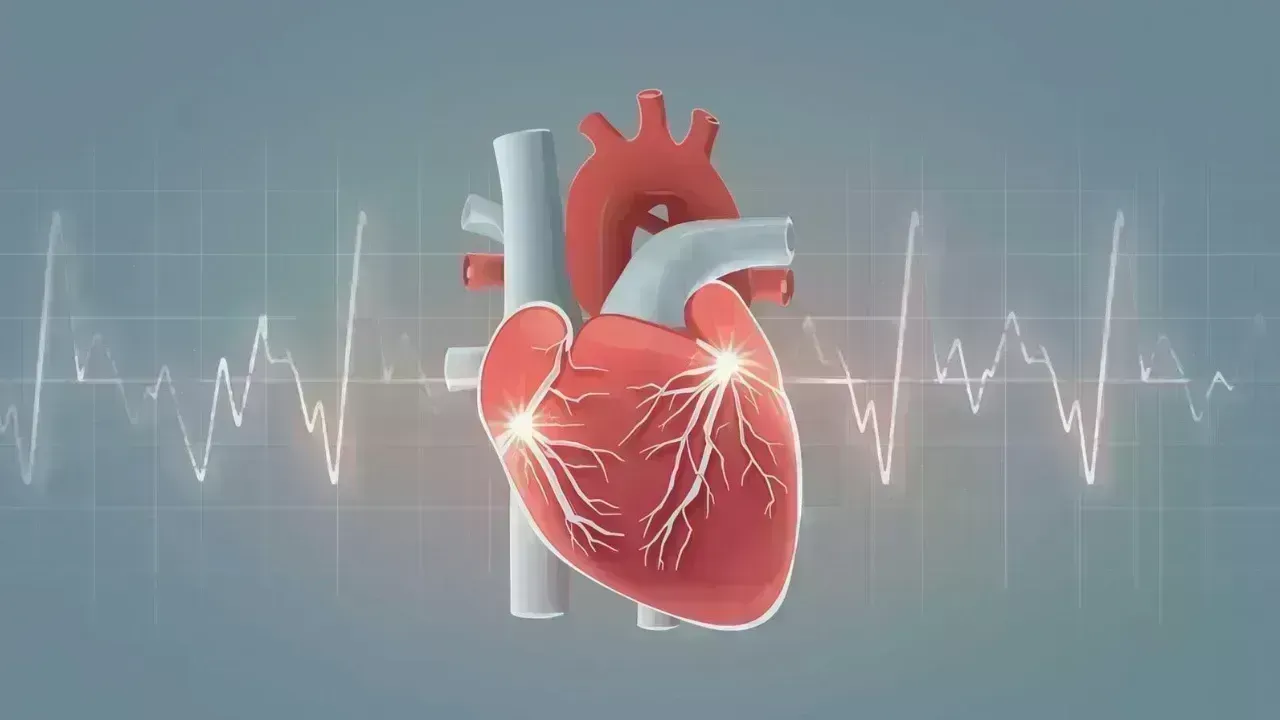
Post by : Anees Nasser
No News
Urbanization and underground development have reached unprecedented levels. Skyscrapers, underground metro networks, and multi-level shopping complexes have made GPS navigation unreliable in many areas. Signals from satellites often fail to penetrate dense buildings or subterranean tunnels, leaving residents and commuters without precise location information. This has sparked a surge in research into alternative navigation systems that do not rely on satellites, opening new possibilities for city planning, transportation, and emergency response.
Alternative navigation technologies aim to provide accurate positioning in environments where GPS is either blocked, distorted, or unavailable. This development is crucial not only for daily commuters but also for logistics, autonomous vehicles, emergency responders, and smart city planners who require precise location data to function effectively.
Navigation without GPS relies on a combination of sensors, signals, and algorithms. Some of the most promising approaches include:
Inertial Navigation Systems (INS): Using accelerometers, gyroscopes, and magnetometers, INS can calculate a person’s or vehicle’s position based on motion data. While accurate over short distances, it may accumulate errors over time, requiring periodic calibration.
Wi-Fi and Bluetooth Positioning: Signals from wireless networks and devices can help triangulate positions indoors or in urban canyons. This method leverages existing infrastructure, making it cost-effective and scalable.
Ultra-Wideband (UWB) Systems: UWB technology can provide highly accurate positioning even in dense or underground environments. Its short-range, high-frequency signals are less affected by interference from buildings.
Magnetic and Visual Navigation: By mapping unique magnetic patterns of underground tunnels or using cameras to detect landmarks, these systems allow for navigation where conventional signals fail.
The combination of these technologies ensures continuous and reliable location tracking, even when GPS is unavailable. Researchers are also exploring hybrid solutions that integrate multiple positioning methods to increase accuracy and reduce errors.
Dense cityscapes present unique challenges for navigation. GPS signals are often blocked or reflected by tall buildings, leading to errors known as multipath interference. Alternative positioning systems are being designed to solve these problems.
For public transportation, underground metro systems and multi-level stations are major beneficiaries. Commuters can receive real-time guidance, improving flow and reducing congestion. Urban logistics can also be enhanced, as delivery robots or drones can navigate complex building layouts without relying on GPS.
For pedestrians, smart navigation apps can provide indoor directions, guiding them through airports, malls, hospitals, or office complexes. This technology could dramatically improve efficiency and convenience in daily city life.
Reliable positioning in areas where GPS fails is particularly critical during emergencies. Firefighters, paramedics, and disaster response teams often operate in dense urban or underground environments where conventional GPS cannot reach.
Navigation systems that utilize inertial measurement, wireless signals, or magnetic field mapping can track first responders in real-time, enabling better coordination and faster rescues. Additionally, these systems can guide civilians to safety, reducing casualties in case of accidents, fires, or natural disasters.
Despite significant progress, GPS-free navigation systems face challenges:
Signal Interference: Wireless signals like Wi-Fi and Bluetooth can be affected by building materials, electronic devices, and dense networks.
Infrastructure Dependency: Some solutions require installation of beacons, sensors, or mapping equipment, which can be costly and time-consuming.
Calibration Needs: Systems like inertial navigation require periodic recalibration to maintain accuracy over long distances.
Scalability: Deploying and maintaining these systems across entire cities requires coordination between technology providers, urban planners, and government authorities.
Researchers are actively addressing these challenges to make GPS-independent navigation systems robust, scalable, and cost-effective.
The future promises seamless navigation in every environment, whether underground, indoors, or in dense urban areas. Hybrid systems that combine inertial measurement, wireless positioning, visual mapping, and magnetic field data are expected to become standard. These systems will likely integrate with smartphones, smartwatches, autonomous vehicles, and urban infrastructure to provide continuous and precise location data.
Smart cities of the future may rely heavily on GPS-free navigation systems for traffic management, public safety, delivery logistics, and urban planning. Accurate positioning will enhance autonomous vehicle operations, support complex building layouts, and even guide drones for last-mile deliveries. The technology is poised to become indispensable in both public and private sectors.
Reliable navigation in previously inaccessible areas will significantly improve quality of life. Pedestrians can navigate complex buildings without confusion, commuters can plan optimal routes through underground networks, and delivery services can achieve faster, more accurate drop-offs.
For the growing autonomous vehicle industry, GPS-independent positioning is crucial. Urban canyons or tunnels can no longer disrupt self-driving systems. By integrating alternative navigation technologies, autonomous vehicles can maintain reliability and safety even in GPS-denied environments.
Cities around the world are experimenting with GPS-free navigation technologies. For example, Tokyo, New York, and Singapore are implementing hybrid indoor positioning systems in subways and airports. Companies are developing UWB-based solutions for commercial and industrial applications. Research institutions continue to explore magnetic and visual navigation methods to overcome environmental challenges and improve precision.
The widespread adoption of these technologies will require collaboration between governments, private tech firms, and urban planners. Standardization and interoperability will be key to ensuring that different systems work together effectively across cities and countries.
This article discusses emerging technologies in navigation and positioning systems. GPS-free navigation solutions are currently under research and development. Their commercial availability and real-world application may vary depending on regulatory approval, infrastructure development, and technological validation.










NBA Friday Recap: Powerhouse Wins for Miami, LA, Milwaukee, and Clippers
Miami, LA Lakers, Milwaukee, and Clippers triumphed in a thrilling NBA Friday, showcasing standout p

Doncic Shines with 49 Points in Lakers' 128-110 Victory over Timberwolves
Luka Doncic dazzles with 49 points as the Lakers secure a 128-110 win against the Timberwolves, show

Kings Triumph Over Jazz 105-104 with Last-Minute Sabonis Effort
The Sacramento Kings edged out the Utah Jazz 105-104, with Domantas Sabonis making the decisive shot

Argentina's Friendly Match Against India Delayed, New Date to be Announced
The friendly match between Argentina and India in Kochi has been postponed due to FIFA approval dela

Rohit and Kohli Conclude ODI Journeys in Australia with a Victory
Rohit Sharma and Virat Kohli bid adieu to Australian ODIs with a final win, forming a 168-run partne

George Russell's Wrestling Mask Antics at Mexican Grand Prix
George Russell donned a wrestling mask to enjoy the Mexican Grand Prix from the stands, providing a